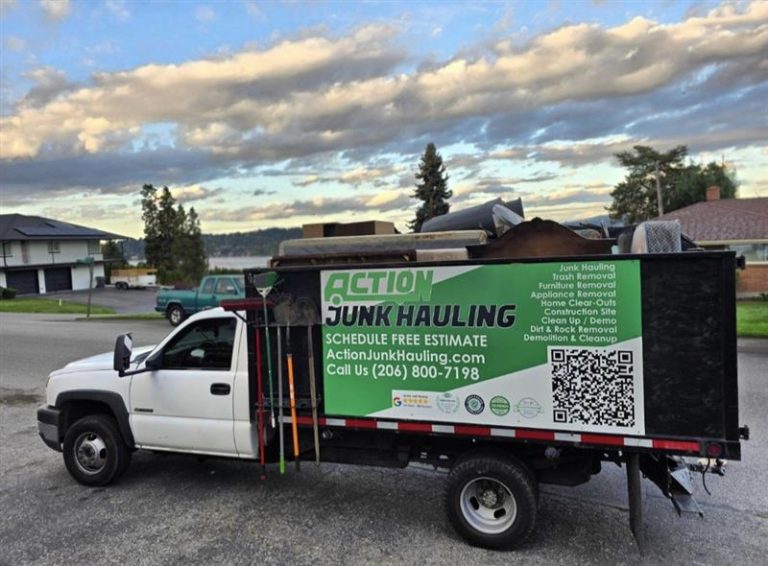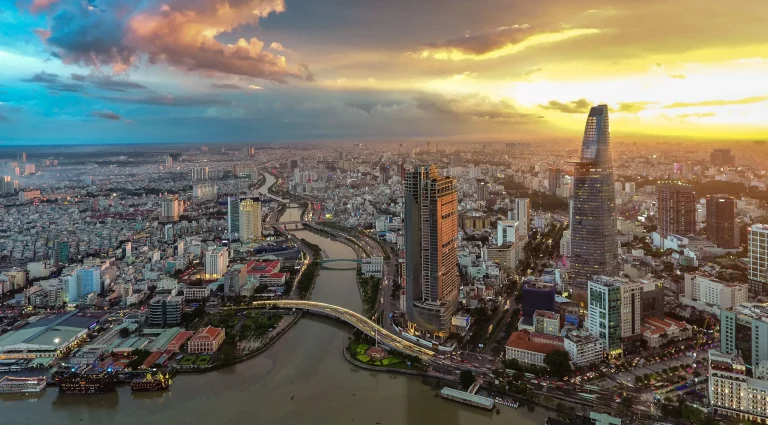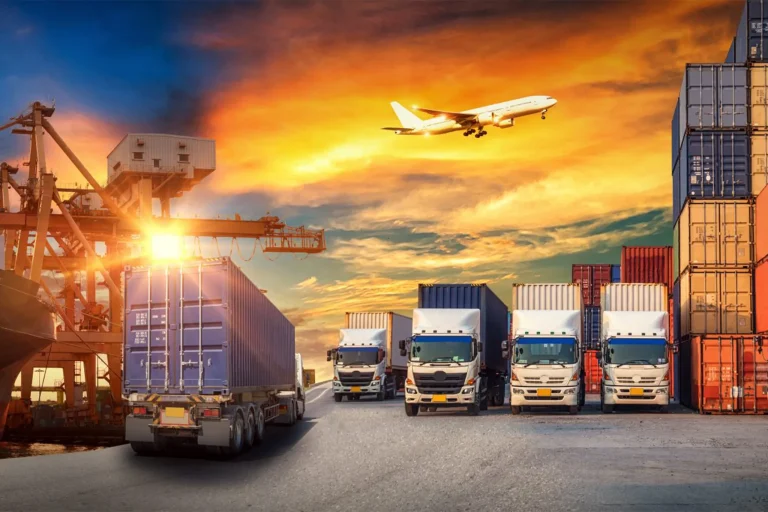Product packaging is incredibly important in every industry. This is especially true in the food business, where it is critical that food and other consumable products are packaged in materials that do not affect the product’s integrity or quality.
Plastic packaging has shown promising results in terms of functionality and its capacity to deliver creative packaging solutions that are durable and work for extended periods of time when it comes to food packing. Take a look at some of the many advantages of plastic packaging:
Long-Lasting Material

Manufacturers and customers alike benefit from the increased shelf-life of numerous products that would otherwise be difficult to keep. Plastic can not only be molded to the specifications of the food manufacturer but can also be used and reused repeatedly. When it comes to food transportation, the durability of plastic is particularly advantageous.
Food Quality Is Maintained
Plastic packaging offers a huge benefit when it comes to keeping the contents of the package intact due to its flexibility and durability. Plastic packaging, for example, can help retain the flavor, texture, and nutrients of food goods while also avoiding the absorption of unpleasant aromas and flavors, such as ‘freezer burns.’
Contamination Risks are Reduced
Because plastic packaging in Australia is a non-permeable material, it prevents contamination after it’s sealed and ensures the food item’s integrity until the planned date of consumption. Not only do plastic polythene bags protect the food inside from chemical and biological deterioration. In fact, it not only protects the food from external gases, preventing reactions like oxidation, but it also protects the food from the millions of germs and diseases that live in the environment.
Versatility
Plastic is a material that can be used in a variety of ways. This benefits both manufacturers and consumers since it allows manufacturers to develop a wide range of storage solutions to meet a wide range of consumer needs. It may be easily customized into a variety of forms and sizes, making it as user-friendly as possible.
Reusability
Consumer habits are shifting globally these days, indicating a greater sense of sustainability among consumers and producers. Plastic packaging, in this day and age of zero waste, provides a practical re-usable storage solution, but its rivals, such as paper and plant-based packaging, can only be used once and take more resources to create. The resilience of plastic also allows for easy upcycling.
Plastic has evolved into one of the most often used packaging materials. In truth, both in terms of application and production process, plastic has come a long way over the years. Given the numerous advantages that plastic has to offer, plastic manufacturing companies are currently focusing their efforts on finding feasible ways to produce plastic while minimizing the negative effects of the manufacturing process.












